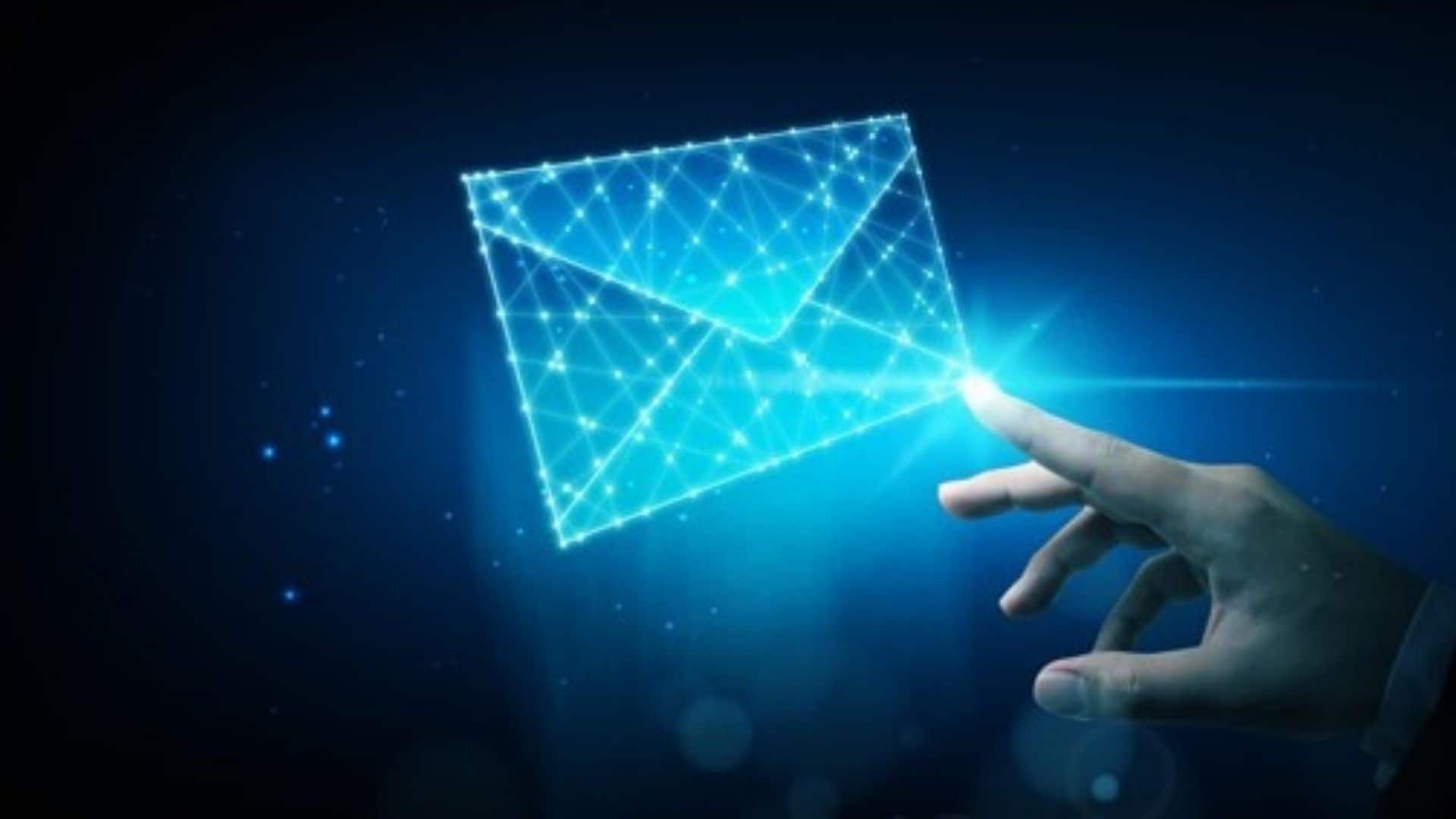Receiving tons of email productivity regularly can be quite overwhelming at times. But guess what? There are thousands of people who face the same issue. On average, every individual gets at least 120 emails per day. Ultimately, this floods your inbox and you miss out on those couple of important emails.
However, worrying is not the solution! You can now handle your email inbox efficiently by deploying some of the best hacks, tools, tips, and tricks mentioned below. If you wish to boost your email productivity but do not know where to start, then you are at the right place. This blog will also be helpful to individuals who have already got the hang of managing their email inboxes but wish to level up their productivity game. Some zero-inbox enthusiasts might already be aware of tricks such as the use of Boolean logic or email productivity filters. Nevertheless, this guide will also focus on additional pointers for completely mastering your email inbox.
It is high time you rationalize your email productivity management skills by considering these few effective guidelines:
Check emails only once/twice a day
Do you feel the need to constantly check your email inbox? Please do not do so! A great alternative is to allocate a certain time of the day to strictly check and respond to your emails. This could be preferably done in the morning before you commence with your work that demands your full attention. Your next check could be somewhere in the afternoon when you might wish to take a short tea break.
By doing so, you will be able to spend a productive day at work while not wasting excessive time on checking your emails. An important pro tip for you is to turn off the notifications for your incoming emails to prevent any urge to view them often.
Abide by the One-Click, Three-Sentence Rule
Note that this rule may or may not be useful to you, and this will totally depend upon your style of work. With that being said, we can always try out new things to discover the most suitable alternative.
The one-click part indicates that the user must commit to opening the email only once and carry out all the required tasks while it is opened. However, the catch is that you must strictly perform some of the other tasks once the email productivity has been opened. This could be in the form of a short reply or you can even choose to archive it or add it to your to-do list.
The next part of the rule suggests that your response to each email must be limited to only three sentences. At the most, you could take the liberty of up to 4 or 5 sentences, but remember that the entire idea behind this rule is to simply save your precious time which you might have wasted in drafting a polished reply.
Do Not Hesitate to Unsubscribe
You will definitely realize that at some point, receiving countless newsletters and emails becomes inevitable. Your inbox will seem cluttered and you will find yourself in a total mess. An apt solution for this is to unsubscribe immediately when stumbled upon any unwanted email. Note that there will always be a small button displayed at the bottom of the content for the unsubscribe option.
Remember that consistency leads to progress. After a couple of weeks, you will notice that you have unsubscribed to almost 80% of the unwanted emails. In case you do not want to spend time doing this manually, you can always look up online services that will do the needful.
Master Your Keyboard Shortcuts
You do not need superpowers to master keyboard shortcuts! For instance, let us have a closer look at Gmail.
The first you can do is go to your Gmail settings and check if the short keyboard has been toggled to on option. You will find this in the general options. After that, all you have to do is memorize some of the most important shortcuts.
Opt for the Two Minute Rule
One effective way to deal with quick-to-respond messages is to follow the two-minute rule. Most of us get certain categories of emails that do not require much time to respond. In such instances, you might as well respond to them right away; however, keeping the two minutes timer in mind.
But remember that this does not mean that you must constantly check your inbox for such emails and keep replying to them! Instead, you can implement the use of the previously discussed rule. Allocating special time for checking quick stuff. Do try this method out and see if it works well for you.
Setting Up Filters
Filters assist in automating the process of categorizing your emails. Once you receive an email of a specific kind, it directly transfers it to a specific folder. This can save you ample time that would have otherwise been wasted on manually sorting them out.
Rules are flexible and can be related to either the sender’s address, words in the email body or subject line, date, and so on.
Scheduling Emails
In many situations, the time at which emails are sent also plays a critical role in deciding its opening rate. Therefore, it would be more practical to send your emails at a pre-decided time. With Gmail, you can effortlessly carry out this task. Upon pressing the arrow near the send button, you will get an option that will allow you to pick a time and a date. That’s it! For advanced features, you could also add extensions and enjoy the convenience.
Using Email For Meeting Notes
This is indeed one of the fabulous hacks for improving productivity! While you attend your meeting on Teams or Zoom, simply open up an email template and keep adding your notes. You can also add your points in bullet form and polish them later so that they are ready to be shared with anyone you want. With this, you no longer need to waste those extra minutes in writing down a memo.




